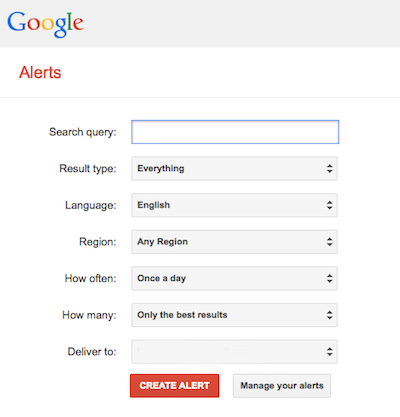Want to do business online? Of course you do! Yet for many small businesses they simply don’t fully grasp what that can mean.
Yes, you should start with your own website – a blog – and add content on a regular basis.
Yes, you should share your content regularly on social media sites like Twitter, Google + and Facebook.
But how about social media monitoring? When was the last time you did that?
Hmmm.
Social media monitoring, or social media listening as its sometimes referred, is the concept of monitoring and communicating in many different ways to begin building relationships with anyone that ultimately has an impact on you.
Some companies monitor to find great content to share with their audience. Some monitor what their competition is doing. Some monitor what customers, readers and others are saying about them. Some monitor to find out industry news. Some monitor to gain new insight and ideas on things they can offer in the future.
What To Monitor
The first step is choosing what is important for your business to monitor. This is what types of searches you should be performing regularly, and what data will mean the most to you. This ultimately comes down to trial and error, but here are some things you can begin with.
- Your company name and tagline
- Your personal name, especially if you are the company representative
- Your product or service names
- Any trademarks or patents you own
- Potential misspellings of your name, products or services
- Active members of your company
- Any campaigns you have run
- Your competition
- Keywords within your industry
- Keywords or phrases that are meaningful in your industry and marketplace
- Frequently used hashtags
How To Monitor
Once you know what to watch for, the next step is to make the process as easy as  possible. There are many social media monitoring tools out there, many at no or low cost to you.
possible. There are many social media monitoring tools out there, many at no or low cost to you.
Google Alerts
Social Mention
Talkwalker Alerts
Topsy
Each of these services are similar in nature. Enter your choice keywords or phrases and you’ll receive periodic updates to your email inbox when they are found in the news online.
Another easy way to keep up with your competition is to use Feedly to subscribe to your competition’s blogs and check in with what they are writing whenever you need inspiration or want insight to what they are doing. You can also use Technorati, a blogging directory, that will give you access to blogs that are making headway in your industry. With simple searches, you can find many different blogs currently being written on a regular basis.
What Next
Once your information starts coming in, what do you do with it?
Use it. If you are providing links or writing content, you can use new ideas from your incoming content to help you create your own content. In cases like Twitter or Facebook, you may provide a link to some of these sources to begin building your expertise on your subject matter. Or use the content to motivate you to write your own content on your blogs.
Analyze it. What are your customers saying about you? Were you picked up in the media? As you see trending things come through, jump on them right away. You can stop problems as they happen, such as if someone tweets about a bad customer service experience. Or you can continue building relationships with media sources and possibly receive even more down the road.
Respond to it. As people talk about your brand or anything within your industry, you can follow the links and begin to post comments and make connections with those writing about you. This can often lead to increased PR, or even a connection that may turn into a client.
